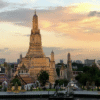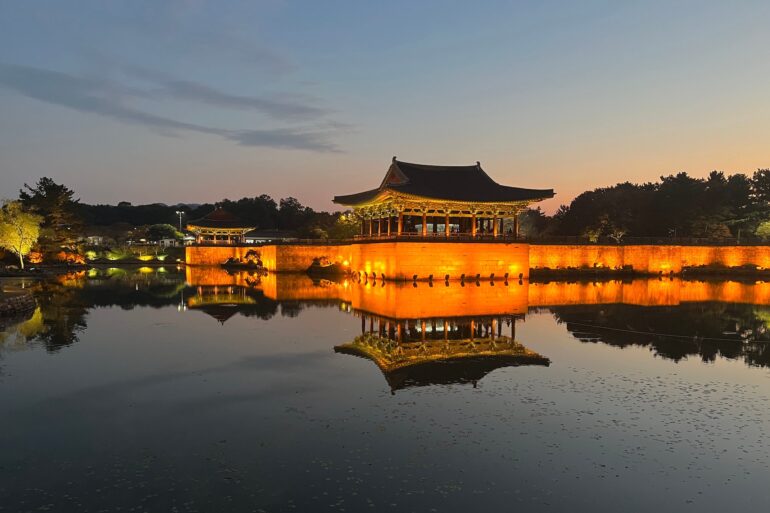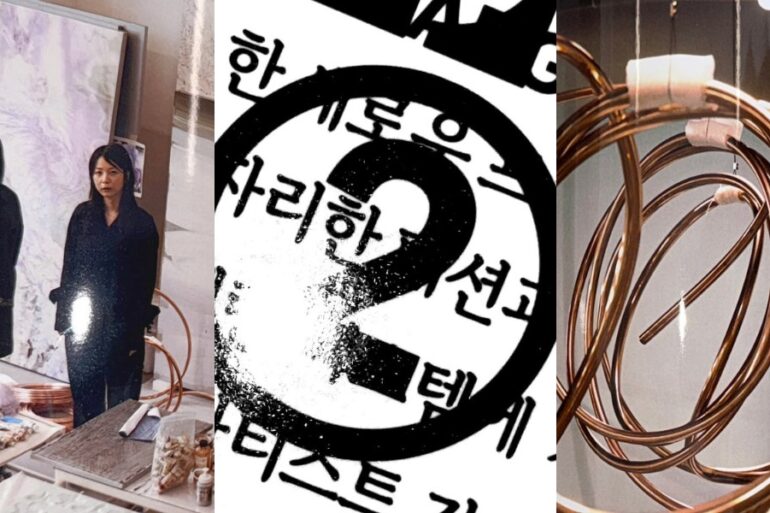The new curfew limits access to specific areas of Bukchon from 5 pm to 10 am, with fines of up to 100,000 won ($72) to be slapped on violators.
This year, we have seen many popular destinations push back against overtourism. The POST has reported on how places and businesses in Japan have taken measures to fight against hordes of tourists—some of whom are unruly and disrupt the locals’ daily lives. Kyoto is now penalizing tourists who harass geishas and maikos, and those who “trespass” into residential streets and alleys. Then there is that huge barrier meant to block views of Mount Fuji in Fujikawaguchiko—which badly-behaving tourists also found ways to deface.
Businesses across Japan have also been considering a dual pricing system for foreign visitors and locals amid a surge in inbound visitors. Some establishments, in fact, have already started charging tourists more.
Related story: Kyoto is not a theme park! Local gov’t pushes back against badly behaving tourists
Related story: Some businesses in Japan now charging tourists more in recent push against overtourism
Related story: Oh deer! Nara’s sacred deer on the brink of losing their protected status


Over on the other side of the world, popular destinations have also put measures in place to control the influx of tourists. The POST also reported on how Venice is now charging visitors a five-euro ($5.3) ticket.
On a more extreme level, locals in some Spanish cities have literally pushed back against tourists. Communities on the Canary Islands have staged protests, while activists have put up fake signs at some popular beaches in Barcelona and the Balearic Islands, warning in English of the risk of “falling rocks” or “dangerous jellyfish” to shoo holiday goers away.
Related story: Starting today, Venice implements a five-euro day pass in a push against overtourism
Related story: ‘Go home!’: Overtourism sparks ‘revulsion‘ among locals in Spain
Swarming with tourists
Joining in on the anti-overtourism bandwagon is South Korea. According to data released by the Ministry of Culture, Sports and Tourism on May 27, 2024, the country ranked 14th among 119 countries surveyed last year by the Travel and Tourism Development Index of the World Economic Forum. The ranking was the same as in 2019, the year before the onslaught of the COVID-19 pandemic. In Asia, South Korea placed fourth after Japan (third), China (eighth), and Singapore (13th).
Droves of tourists can be observed especially in Seoul, which is a perennial tourist magnet, thanks largely to the immense popularity of K-culture, including K-pop and K-dramas. Recently, one of the capital city’s most popular sights has started buckling under the weight of overtourism: Bukchon Hanok Village.
The village is known for its charming and well-preserved traditional Korean houses called “hanok,” with their signature wooden columns and doors, courtyard, and tiled roof. The area’s narrow and winding alleys date back to the Joseon Dynasty (1392–1897), and have been silent witnesses to the daily lives and hushed conspiracies of high-ranking authorities and nobility during the era of the Joseon kings.
This one-two punch combo of history and Instagrammable corners draw thousands of visitors every day. In 2023 alone, the area attracted an estimated 6 million visitors—that’s 1,000 times more than the approximately 6,100 who call it home.
Related story: The Hallyu effect: 13 Korean stars taking over as luxury brand ambassadors
Related story: The beautiful—and at times messy—world of fandom culture


This uptick in tourism has given the locals economic advantages. At present, the area is home to a slew of businesses like inns, hip cafes, and trendy craft stores. However, there are simply too many tourists these days. With visitors now greatly outnumbering residents, complaints about noise, littering, and breaches in privacy have drastically spiked over the years, per a report on CNN.
Even worse, some tourists have been caught on surveillance cameras attempting to enter private homes or peeking inside without permission, generating a backlash among increasingly incensed locals, Reuters reports.
Related story: Seoul is a tapestry that unfurls yard by yard, secret by secret
Related story: How not to be a ‘gate lice’ and other tips for civilized travel
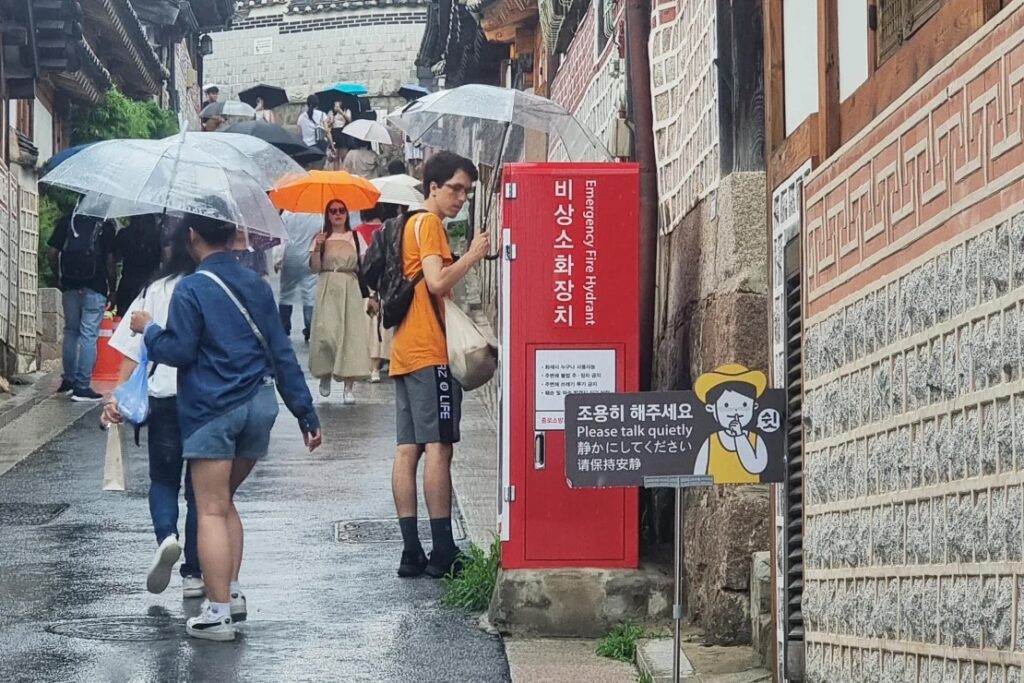
These incidents have driven many residents away, leading to a 27.6 percent drop in the village’s population over the past 10 years, according to the Jongno district office, as reported in The Korea Times.
In a bid to ease tensions and control crowds, district officials will be imposing a curfew, set for a trial this November and to be officially launched in March next year, per the same article on Reuters.
This will limit tourist access to specific areas of Bukchon from 5 p.m. to 10 a.m., with fines of up to 100,000 won ($72) to be slapped on violators. Consequently, it will be designated the country’s first-ever “special management area” under South Korea’s Tourism Promotion Act.
In an interview with Reuters, Chung Moon-hun, the Jongno district head, says the goal is to protect the rights of residents and the restrictions. He adds it will be adjusted if necessary to make it effective.
Mixed reactions
Despite their numerous complaints, some of those living and working in the area have dismissed the new measures as mere “empty talk.” Cafe owner Lee Youn-hee tells CNN that tourists usually leave after sunset anyway, as they’re mostly there to take photos. “This won’t make a big difference,” she says.
Residents are also skeptical about the policy’s effectiveness, citing loopholes such as exemptions for tourists staying overnight in hanok accommodations. They also blame the proliferation of corporate-run hanok stays for further disrupting their lives. It should be noted that since 2020, authorities have loosened restrictions on traditional Korean houses offering accommodation, resulting in a surge in such establishments in residential areas. This adds another layer to an already complicated affair.
Related story: K-culture fans, we have some great news—South Korea is set to pilot a visa for K-pop trainees
Related story: In a nod to multiculturalism, Gucci stages its Cruise 2024 show in Seoul
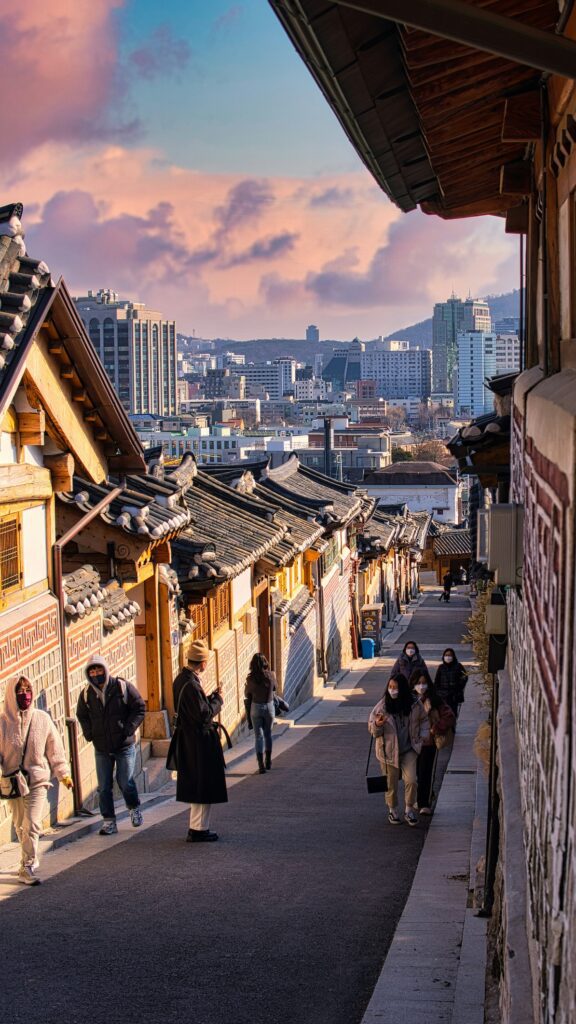
Tourists are just as divided over the curfew. Some agree the residents’ quality of life is important, while others aren’t too warm about the possibility of getting fined for simply strolling along a public street. There are also questions about enforcement. After all, how can officials tell tourists apart from residents? How can they make foreigners pay the fine? There’s also the tricky issue of language barrier.
At the end of the day, we can only hope for authorities to come up with measures that would be beneficial to all stakeholders, especially the residents who deserve to have some peace and quiet back in their lives again.
Related story: 5 must-read novels by South Korean writers
Related story: IN PHOTOS: Gyeongbokgung Palace in Seoul


